Main Into vs. in to Takeaways:
- Both into and in to are correct, but they are not interchangeable. They mean different things.
- Into is one word and is a preposition. It helps illustrate physical movement (The river leads into the ocean), or a metaphorical transformation (With one kiss, she turned the frog into a prince).
- Into goes directly in front of a destination space in a sentence.
- Conversely, in and to are two distinct words. Even though they aren’t related, they sometimes end up next to each other in a sentence.
Like anytime vs. any time and to vs. too, into vs. in to is a huge source of confusion in English grammar. They look almost identical, but these two are not the same. Let’s look at the difference between them and show you when to use into or in to in a sentence.
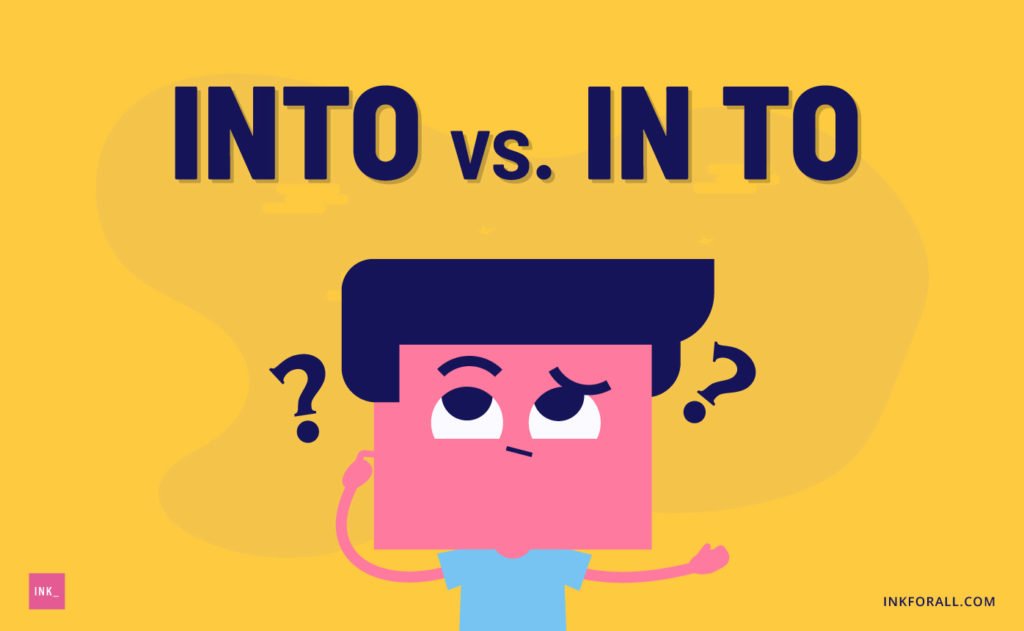

What is the Difference Between Into and In To?
The difference betweeninto and in to comes down to the parts of speech. On one hand, use the preposition into to show that one thing physically moved inside another, or one thing figuratively transformed into another. On the other hand, in to is a two word phrase usually comprised of the adverb in followed by the preposition to. This won’t work in every situation, but use this quick trick to check yourself: if you can replace the word with “in order to,” you should probably opt for in to vs. into.
- Try replacing it with “in order to.”
- Does the sentence still make sense?
- If so, then in to (two words) is probably correct. If not, then into (one word) is probably correct.
Here is an example that illustrates why into and into are not interchangeable. Moreover, this example also shows how the above trick is a good guide but doesn’t work 100% of the time. So, be sure to think critically about the sentence’s meaning.
The meaning of the last two examples changes dramatically depending on whether you choose into or in to.
For example, the incorrect sentence means that the student transformed his paper into his teacher!
Since we really mean to say that the student submitted his work to his teacher for grading, the correct sentence uses the phrase in to (the adverbial phrase turn in + the prepositional phrase to the teacher).
Is It Into or In To?
Into and in to are both correct, but they mean very different things. The difference between these two comes down to the parts of speech. For example, into is a preposition. It lets us know that something is moving from one direction to another (He walked into the room). Conversely, in to is a phrase made up of the adverbin and the preposition to. These two words aren’t related. Instead, they just happen to sit next to each other in the sentence (He walked in to listen to the lecture).
On on hand, the preposition into indicates literal or metaphorical action:
- An object moves into a space.
- A person moves from adolescence into adulthood.
- A season moves from winter into spring.
On the other hand, the word in can be a preposition, an adverb, an adjective or a noun depending on the circumstances:
- Preposition:An object sits in a room.
- Adverb: A person is in crisis.
- Noun: Summer is in full bloom.
The word to can be a preposition, but it can also be an adverb — or part of an infinitive. “To” sometimes winds up next to “in” in a sentence.


Here, to is part of the prepositional phraseto the store.
In this example, to is part of the adverbial phrase “come to,” meaning to regain consciousness or to wake up.
In English, “to” always goes before an infinitive verb. This is part of the way we show that a verb is in its infinitive form and not conjugated.
When Should You Use Into or In To?
Many confuse the single word “into“ with the two-word phrase “in to.” Use the preposition intoto indicate movement, whether literal or figurative. This word shows readers that something is inside something else, or where an object is in relation to another (She poured the teaintoher mug). Next,in and to are two separate words that sometimes end up next to each other in a sentence. Therefore, you usually use in to when an adverbial phrase ends with in and a prepositional phrase or infinitive begins with to (She walked in to get some tea).
Here are examples of when to use Into vs. In To in a sentence:
How Do We Use Into in a Sentence?
In a sentence, place into right in front of the destination space: intothe car; intothe house; intothe lake. Use the word into to indicate movement from one location to another. Into is a preposition, and prepositions always indicate where things are in relation to other things.
Here are examples of when to use into in a sentence:
Are you Into or In To?
Both “are you into” and “are you in to” are correct, but have different meanings. Therefore, the correct phrase depends on what you want to say. For example, if you want to ask if someone is interested in a topic or enjoys doing a certain activity, you would use the one-word preposition into (Are you into playing sports?). However, if you want to ask the reason for someone’s visit, you would probably use the two-word phrasein to (Are you in to see the doctor?).
Is it Look Into or In To?
The correct idiom is “look into.” This means to try to discover, or uncover, the facts about a situation, like a problem or a crime. The word “into” in the phrase “look into” is a preposition, which denotes a movement toward something or a certain location. If you’re investigating something, you need to “move toward/closer” to the evidence or object of your interest to find the truth.
In the above example, the speaker is claiming that the pole is not properly attached to its base. But, his/her statement also suggests that you can prove it yourself if you look into it (look closer to the pole).


Recap: Into vs. In To
First, never use “in to” and “into” interchangeably. This is a mistake.
In fact, into is actually one word. And, it’s a preposition. As a result, it defines what an object is inside, or within. To use into correctly in a sentence, put it right in front of the destination space.
However, in and to are two completely different words, even though they sometimes wind up next to each other.
Confident you know when to use into vs. in to? Test your skills below!
Quick Into vs. In To Quiz
Into vs In to Question #1
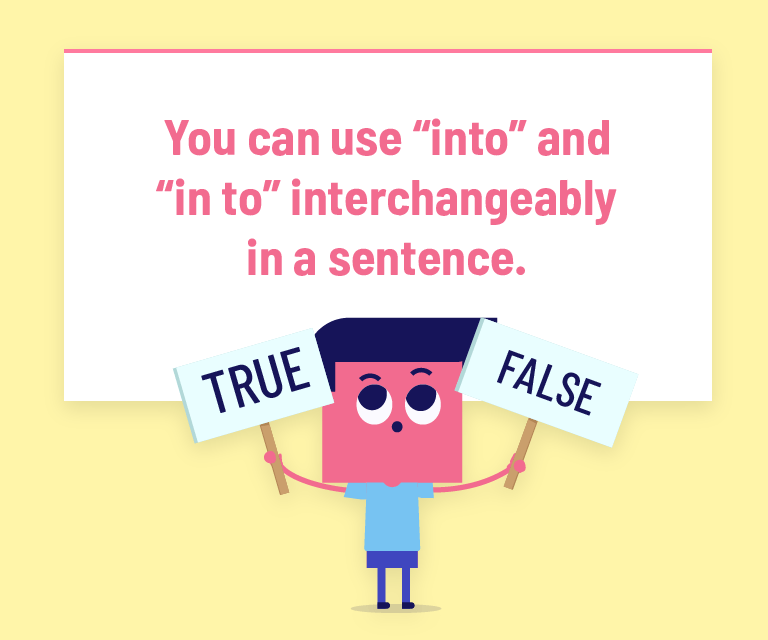

The answer is FALSE. “In” and “to” are two distinct words. Meanwhile, “into” can mean a metaphorical transformation or physical movement.
In to vs Into Question #2
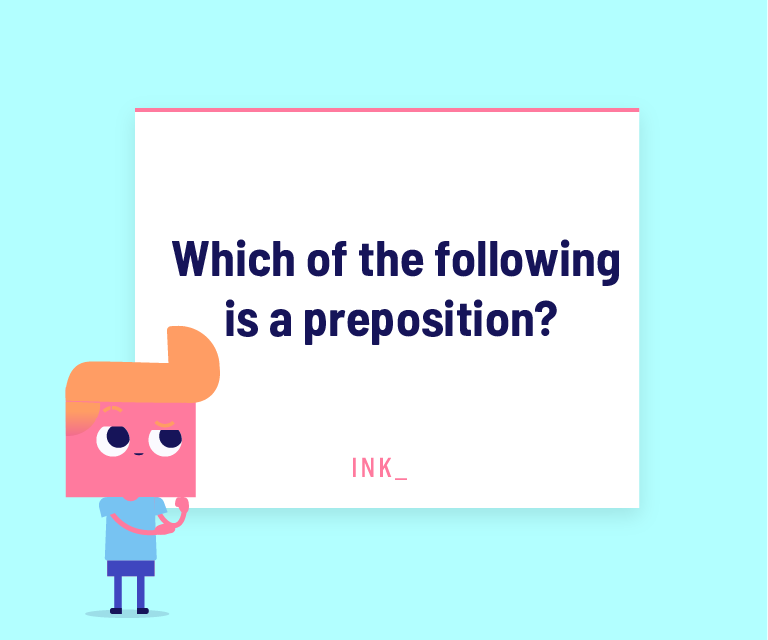

The answer is A. “Into” is a preposition that tells the reader about motion or direction.
Into or In to Question #3
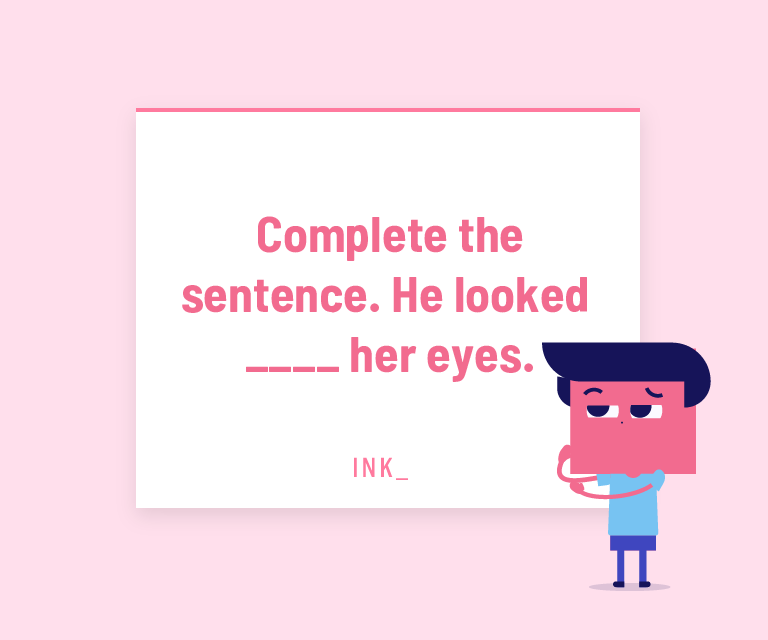

The answer is A. You use “into” to indicate movement or position.
In to or Into Question #4
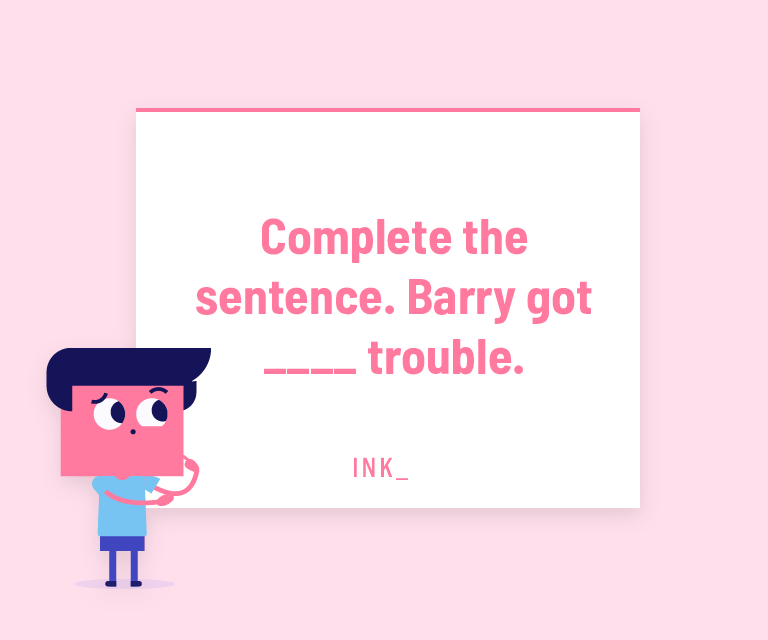

The answer is A. The preposition “into” can indicate literal or metaphorical action.
Into and In to Question #5
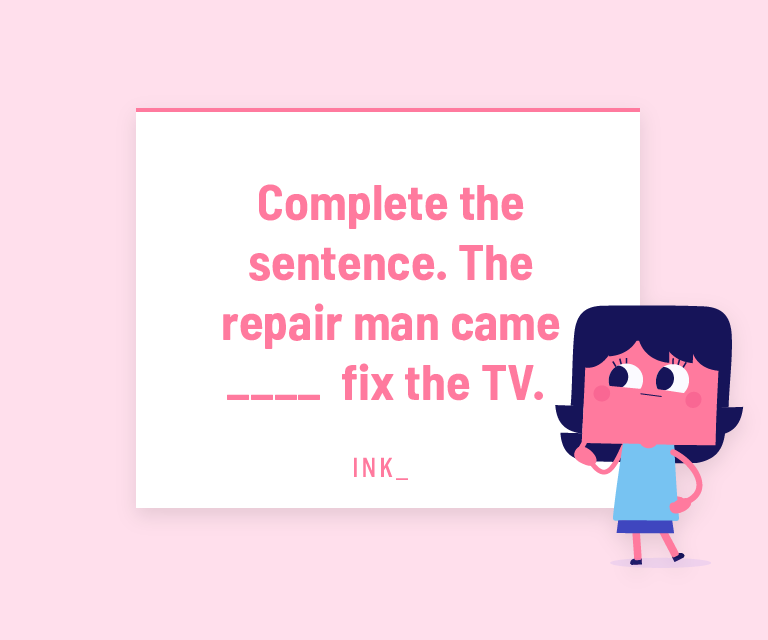

The answer is B. “In” and “to” are separate words that sometimes end up next to each other in a sentence.
In to and Into Question #6
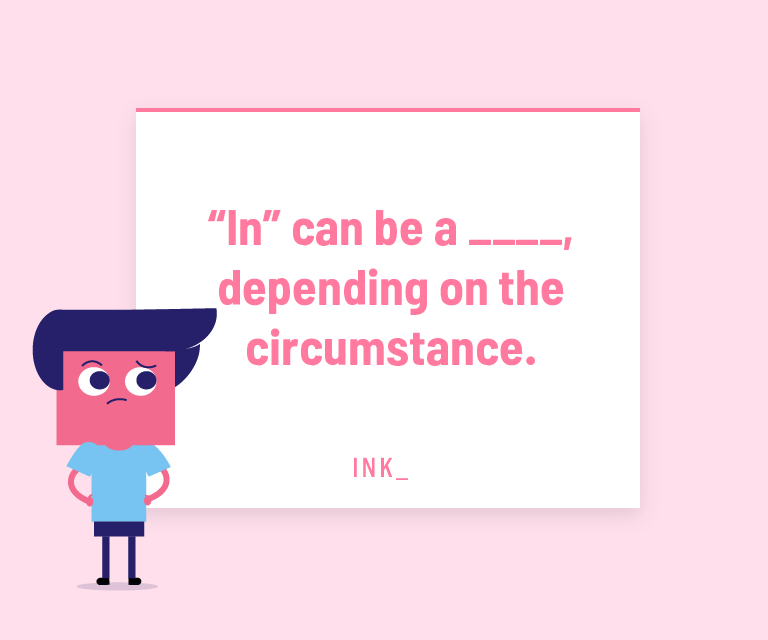

The answer is D. The word “in” can be a preposition, an adverb, an adjective or a noun.


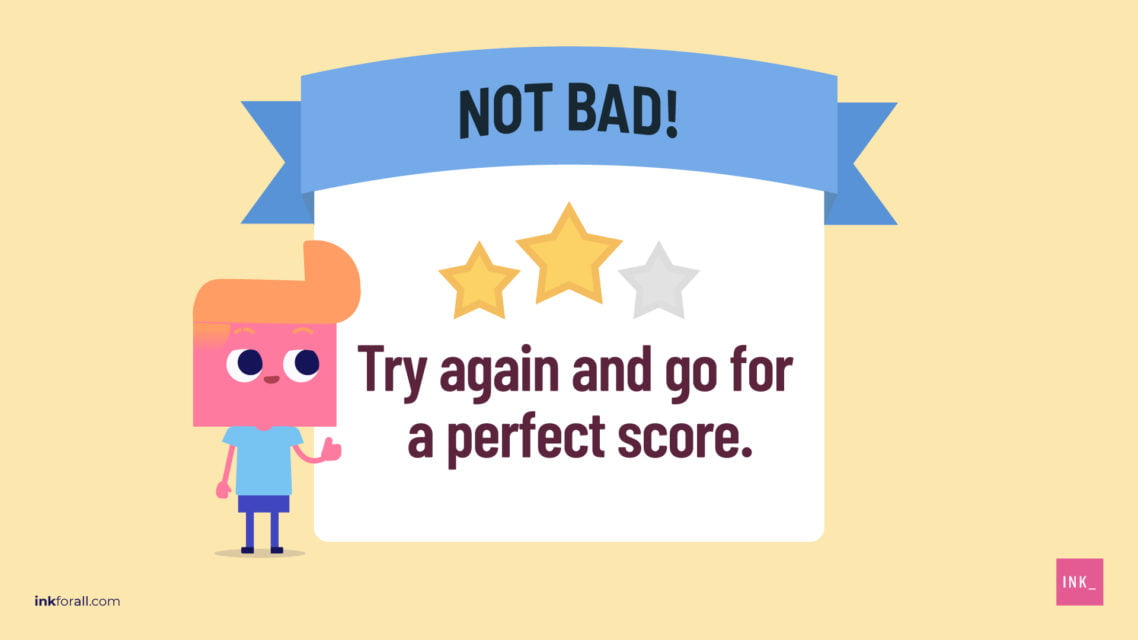

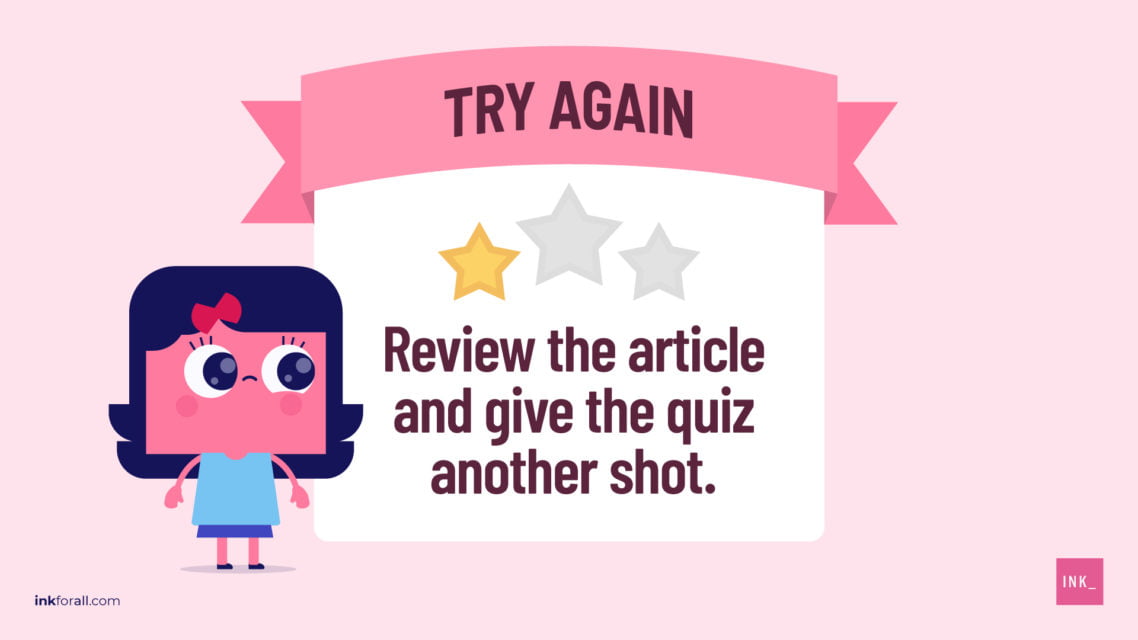


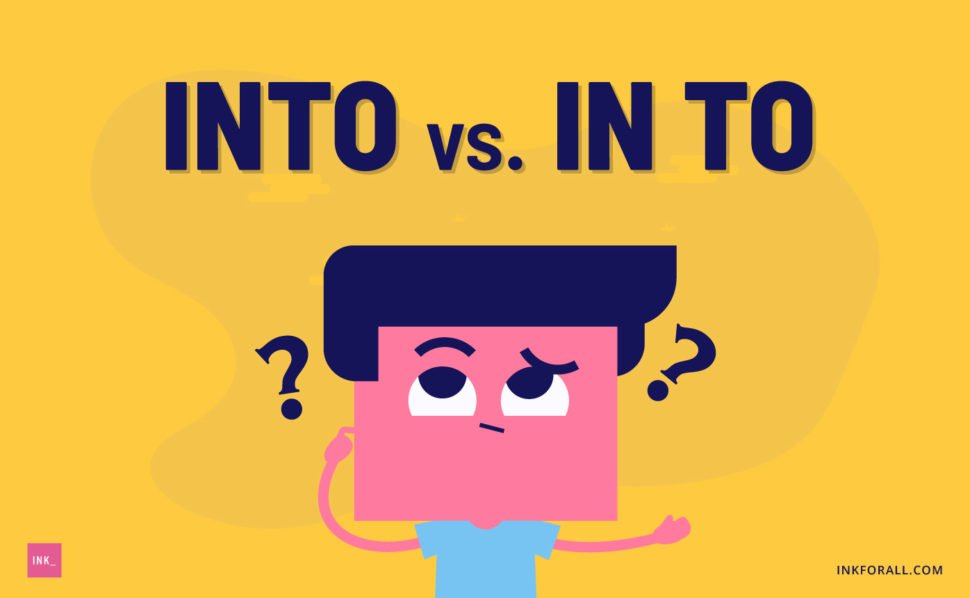
this is awesome!
Thank you, Kinsley! We know how confusing “into” and “in to” can be. Hopefully our article has helped clarify the difference between the two. Again, thank you for stopping by and reading our post! 🙂
Rechelle